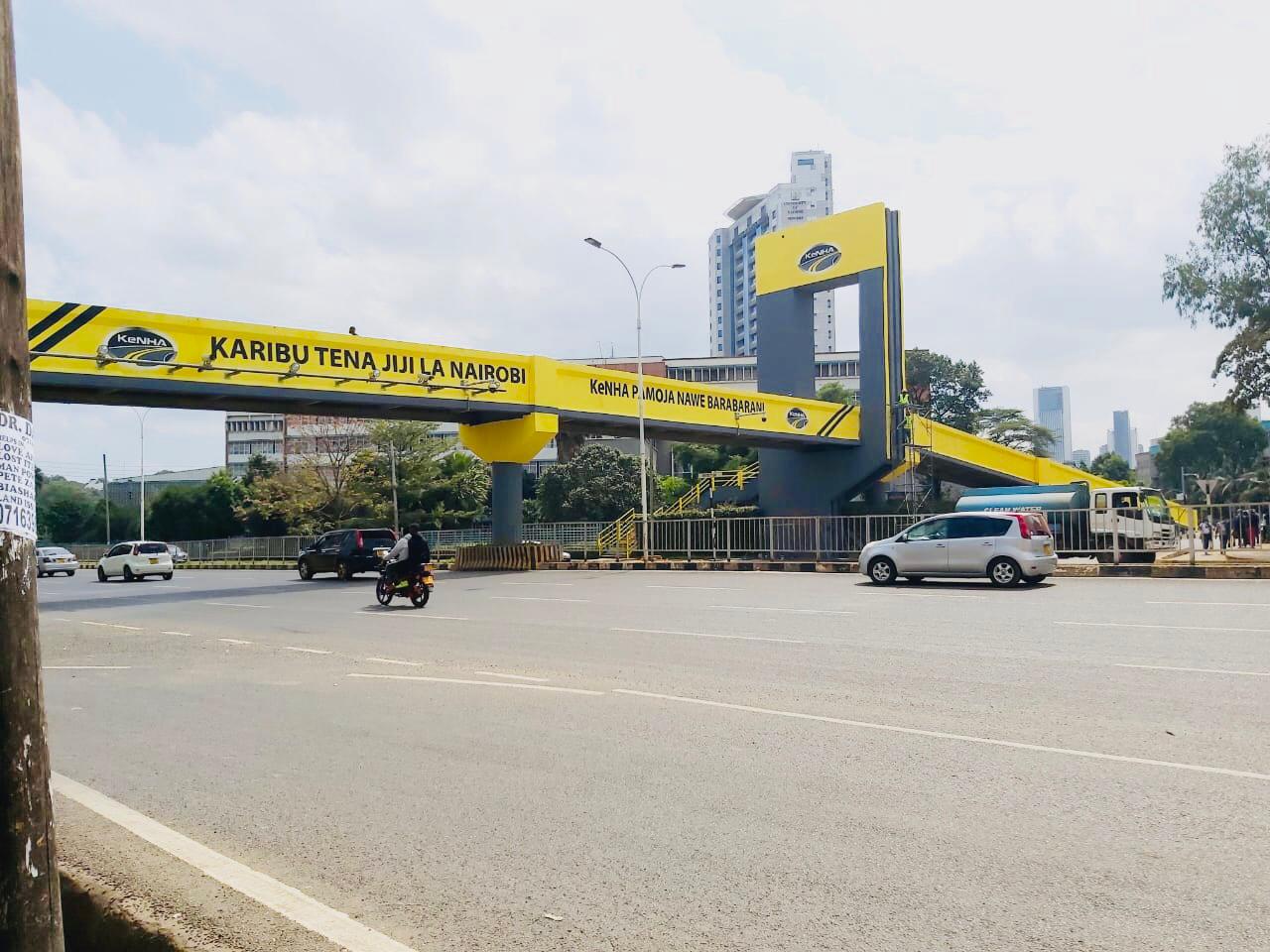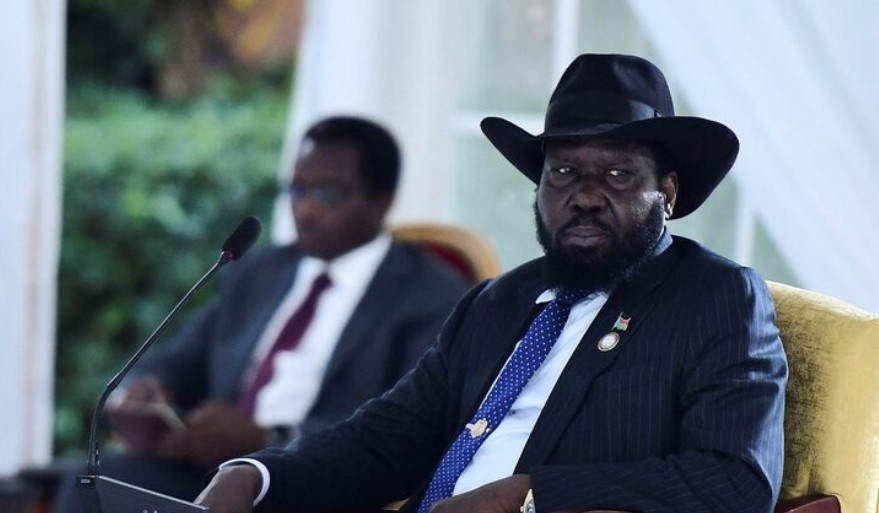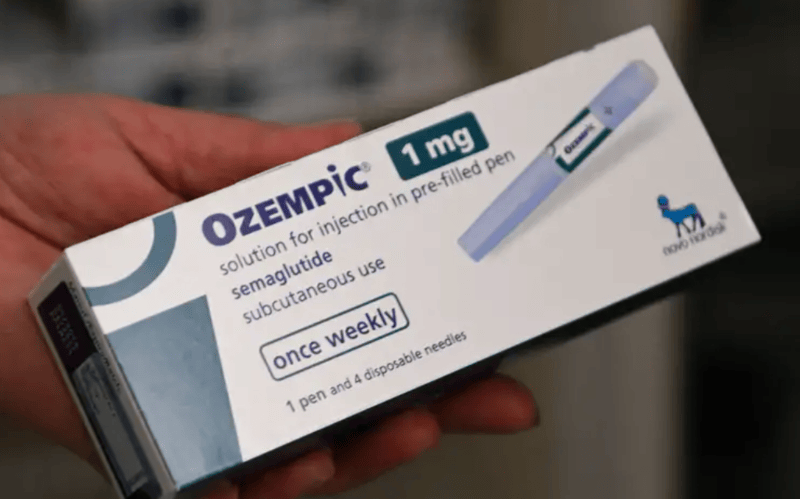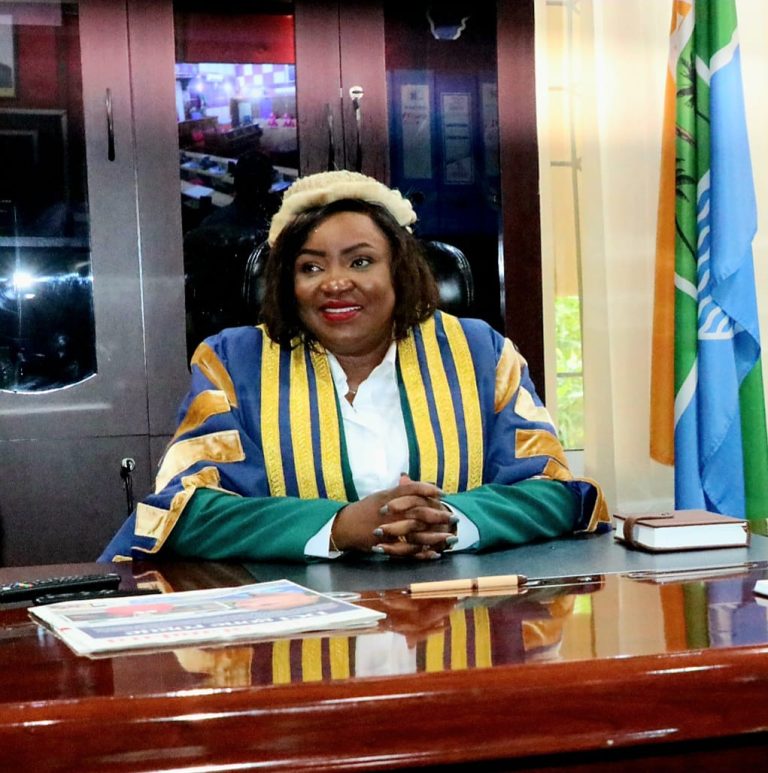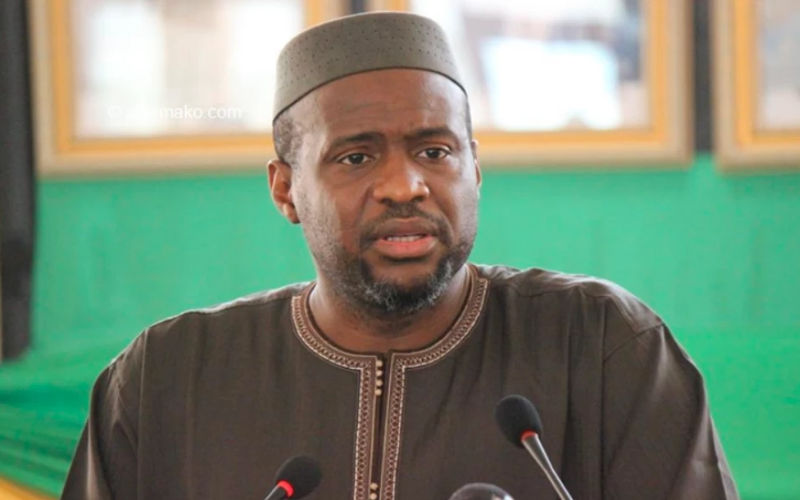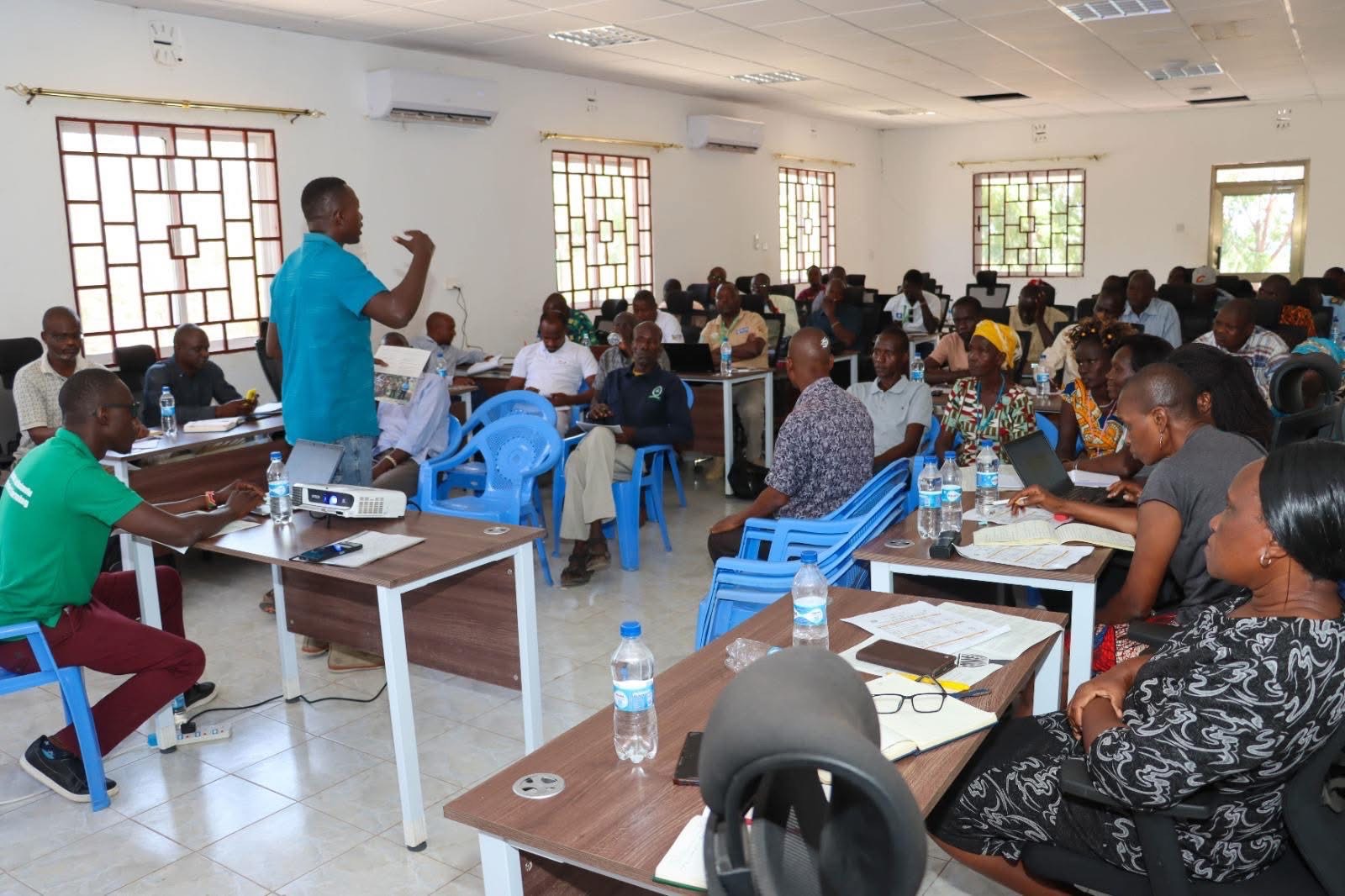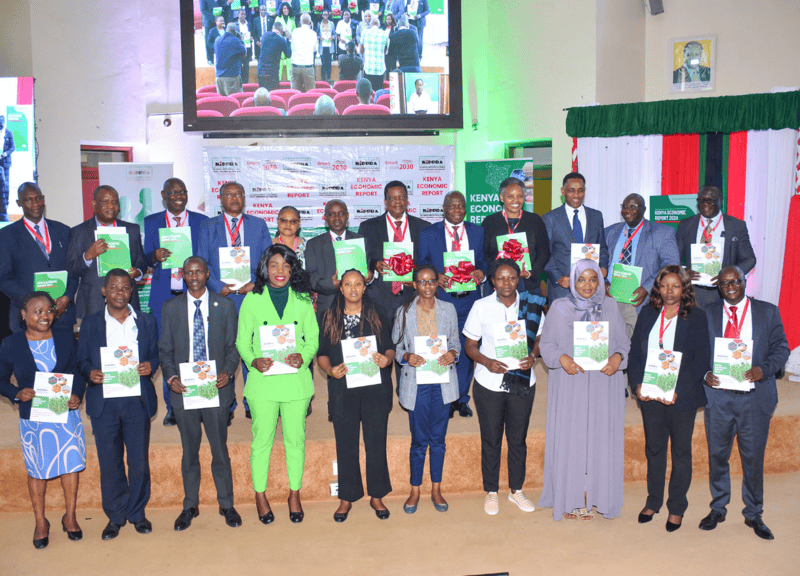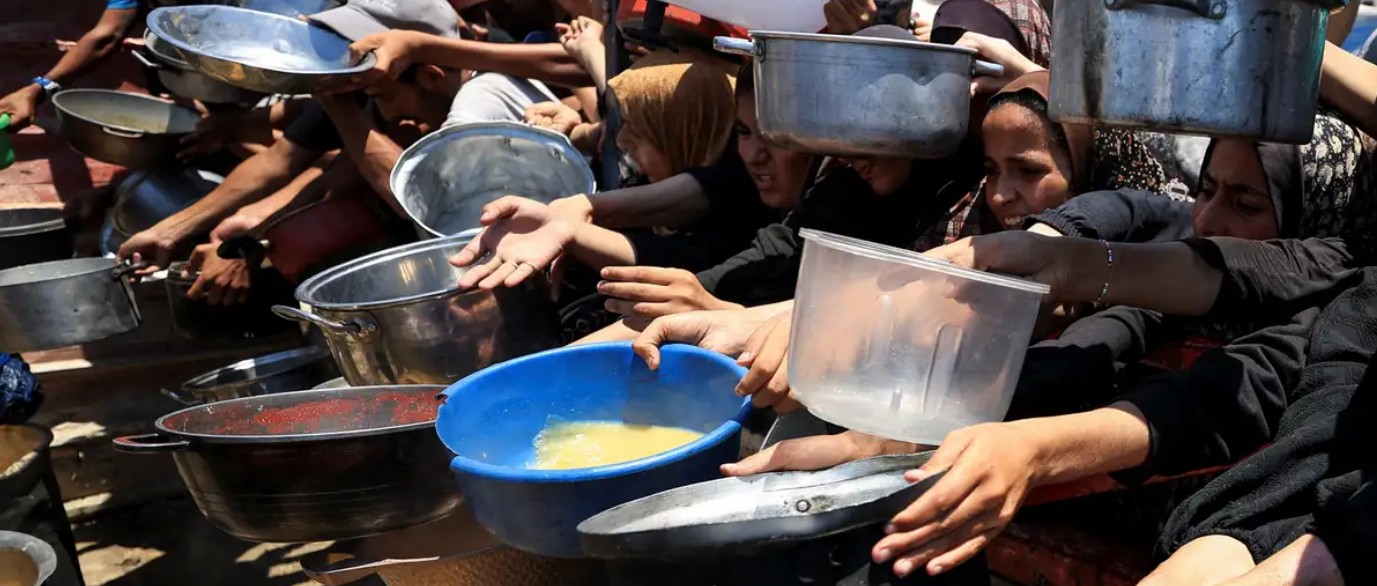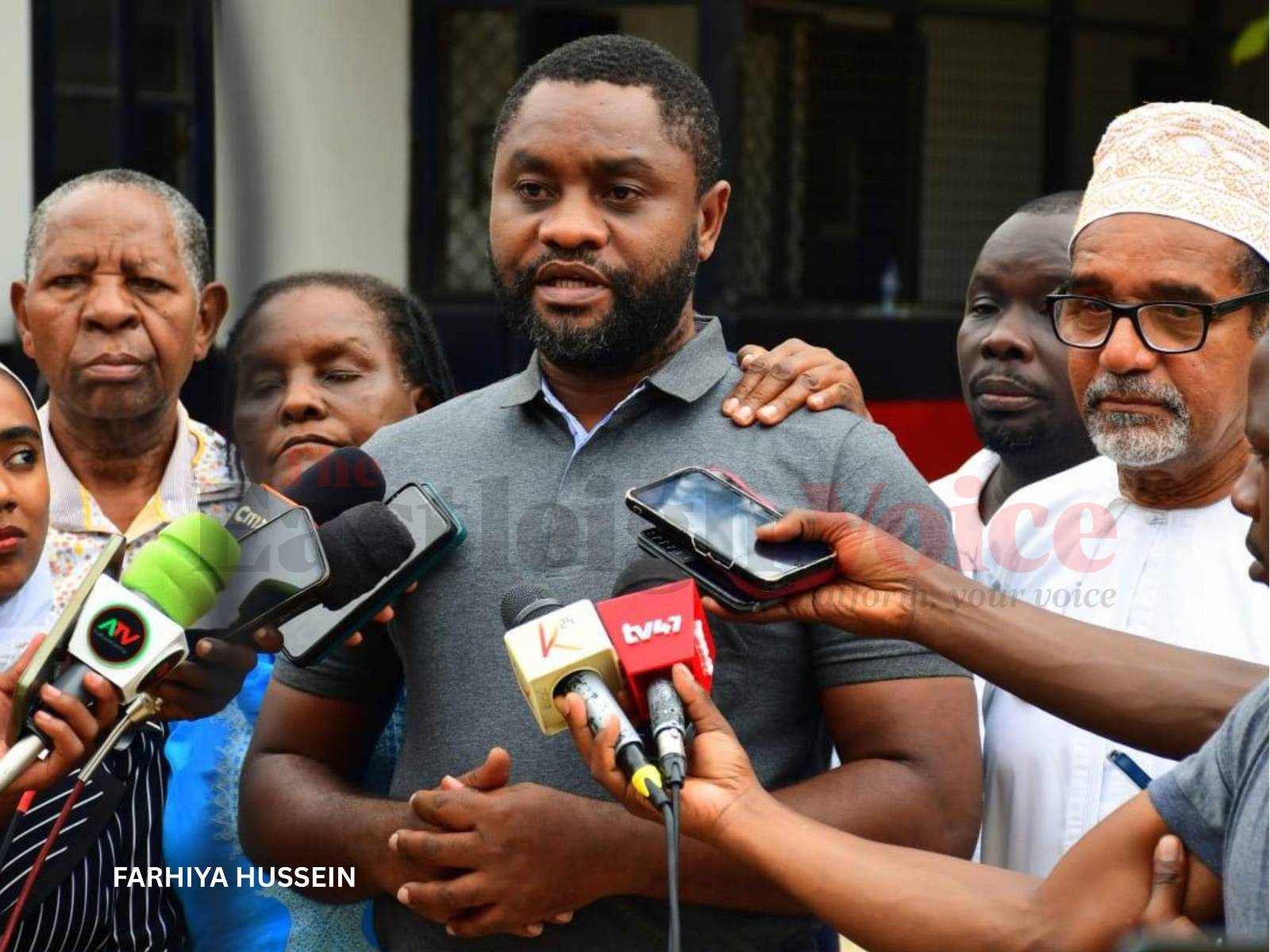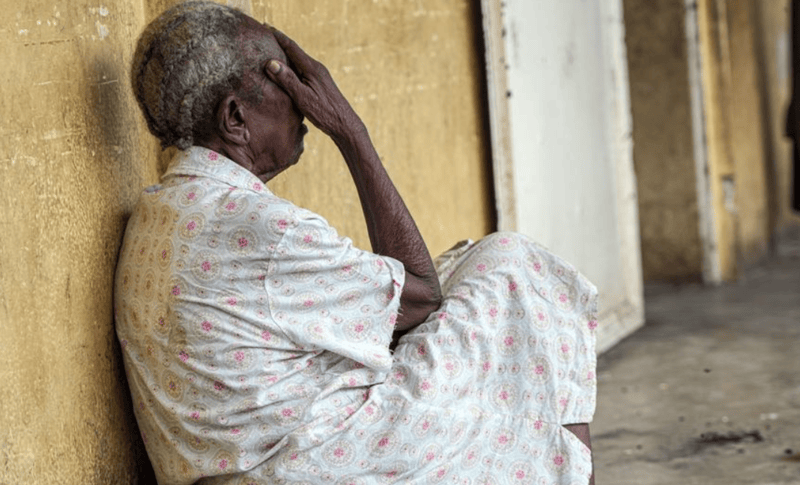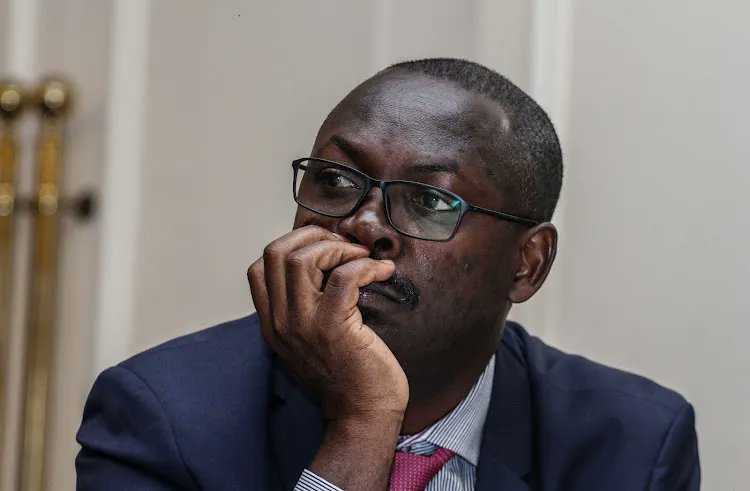Treasury to securitise half of road levy to unlock funds for stalled projects
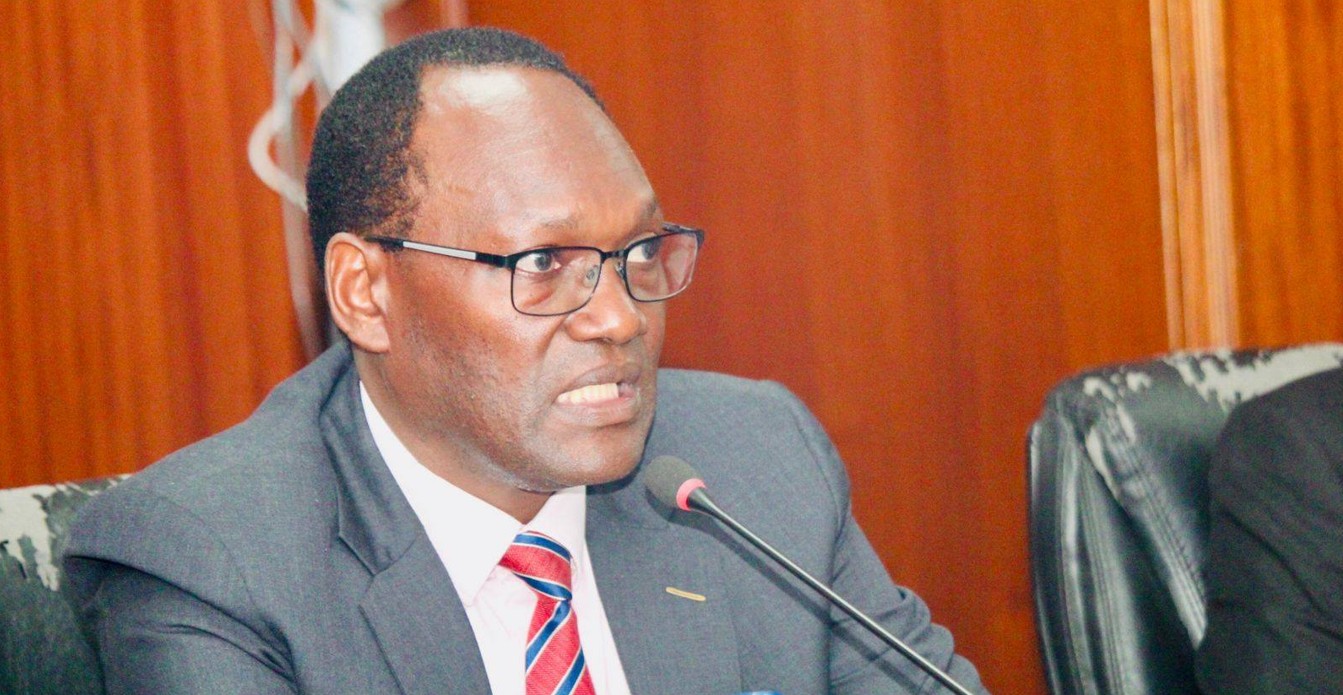
Wajir East MP Aden Daud questioned the rationale behind raising the levy beyond the initial Sh7 approved by Parliament.
To prevent delays in road construction projects, the National Treasury is turning to the securitisation of the road maintenance levy to quickly raise funds amid growing budget constraints.
Treasury Principal Secretary Chris Kiptoo told legislators on Wednesday that up to 50 per cent of the collections from the Road Maintenance Levy Fund (RMLF) will be channelled toward a securitisation plan, a financing arrangement that involves selling future revenue streams to investors in exchange for upfront capital.
More To Read
- KURA defends Sh175 billion roadworks deal as contractors waive 35 per cent interest on pending bills
- MPs raise alarm over NOCK's financial collapse in face of Sh3 billion Rubis loan
- Controller of Budget warns of funding delays as counties miss budget deadlines
- Cabinet approves 40 per cent top-up for road contractors, gives nod to KPC privatisation
- Court freezes Sh10.5 billion Roads Maintenance Levy Fund leaving counties in limbo
- National Assembly gets reprieve after Court of Appeal stays decision cutting counties out of road fund
“The proceeds of this securitisation shall be applied to settle maturing obligations of the road maintenance agencies as they fall due,” Kiptoo said.
“The Kenya Roads Board (KRB) shall continue to coordinate the Note Issuance Programme through the sale of Sh5 from the fuel levy to the existing Special Purpose Vehicle—Oak Assetco SPV Limited, under similar terms as the facility for Sh175 billion, with the Eastern and Southern African Trade and Development Bank as the Lead Arranger and Transaction Adviser.”
Securitisation policy
Kiptoo made the remarks while appearing before the National Assembly’s Public Debt and Privatisation Committee, chaired by Balambala MP Abdi Shurie, to provide details on the planned securitisation policy in Kenya.
He revealed that out of the Sh12 collected per litre under the levy, Sh7 is expected to raise Sh175 billion, while the additional Sh5 is projected to yield Sh125 billion, both aimed at ensuring that ongoing roadworks are not stalled due to lack of funds.
However, the decision to increase the levy attracted scrutiny from MPs.
Wajir East MP Aden Daud questioned the rationale behind raising the levy beyond the initial Sh7 approved by Parliament.
“Why did you increase the RMLF by an extra Sh5 beyond what Parliament approved?” he posed.
Baringo North MP Joseph Makilap raised concerns over the legality of borrowing and spending using the existing Sh7 under the RMLF and demanded to know which institutions were involved and the interest charged on those loans.
“We want to know whether it is even legal to borrow and spend using the Sh7 RMLF and the money that you have borrowed and from which institutions, and the interest charged on them, because we are not even aware of that,” Makilap said.
Responding to the queries, Lawrence Kibet, Director-General for Public Investment and Portfolio Management, defended the arrangement, saying it is within the confines of the law.
He cited Section 6(2)(h) of the Kenya Roads Board Act, Cap 408, which mandates the Board to develop and implement a roadwork financing strategy, including borrowing and securitisation options.
“Under the securitisation arrangements, public funds are pooled and transferred to a special purpose vehicle (SPV). The SPV issues asset-backed securities to investors, with payment to investors derived from cash flows of the transferred assets,” Kibet explained.
“The investors bear the risk associated with the underlying assets, while the government is freed from the burden of managing those assets.”
Reduce debt burden
Beyond the road levy, PS Kiptoo said the Treasury is considering expanding securitisation to other funds, including the Higher Education Loans Board (HELB), Hustler Fund, and the Youth and Women Enterprise Funds.
“For the government of Kenya to reduce its debt burden and realise its development agenda, given the constraints, it will need to have solutions that will help it raise capital,” Kiptoo noted.
“The National Treasury, the Central Bank of Kenya and the Capital Markets Authority are expected to innovate some market-based mechanisms and create instruments that will see it borrow from the diaspora community by securitising future cash inflows.”
He also disclosed that the Treasury will begin implementing a single treasury account (STA) following Cabinet approval.
The account will be rolled out in three phases starting in the 2025/26 financial year: first to ministries, departments and agencies (MDAs); second to county governments; and third to State Corporations and Semi-Autonomous Government Agencies (SAGAs).
“The National Treasury has started to guide the transition towards a single Treasury account. This will reform public finance management by ensuring accountability and transparency in the use of public resources, as well as reduce borrowing costs,” Kiptoo said.
Despite the rollout of the securitisation plan, the Treasury has yet to provide a breakdown of the specific projects that will benefit from the funds raised.
Kiptoo and his team are scheduled to reappear before the Committee next week to provide further details on the securitisation programme.
Top Stories Today
